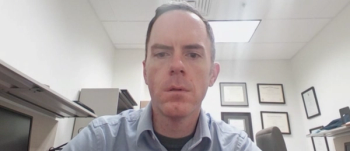
Andrew Wolf, MD, discusses the growing costs, treatment advances, and geographic disparities in multiple sclerosis care.

Andrew Wolf, MD, discusses the growing costs, treatment advances, and geographic disparities in multiple sclerosis care.

SGLT2 inhibitors may worsen heart failure outcomes from chemotherapy, highlighting the need for further long-term studies on cardiotoxicity, explains Rakendu Rajendran, MBBS.

Arielle Kauvar, MD, says pre- and post-treatment care helps prevent hyperpigmentation and complications from laser procedures for all skin types, including skin of color.

The government should focus on keeping up the funding for HIV to continue to innovate in this space, potentially eliminating the virus altogether.
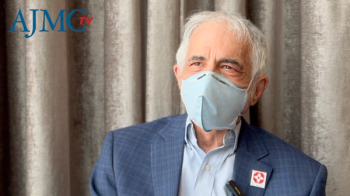
Patients beginning their cancer journeys should advocate for themselves and use support groups to help navigate survivorship challenges.
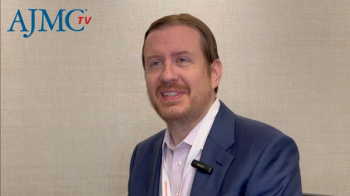
Payer contracts should incentivize the delivery of comprehensive, total-person cancer care, says Brian Mulherin, MD.
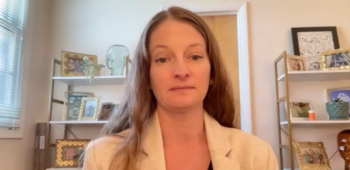
Tara Carlisle, MD, PhD, University of Colorado, discusses how coordinated care efforts and frequent safety monitoring are transforming early Alzheimer disease management.
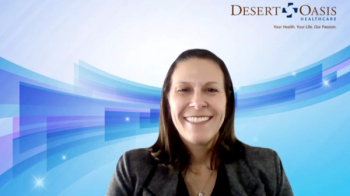
Lindsey Valenzuela, PharmD, explains how value-based models empower a single pharmacist to manage multiple layers of these disease states.
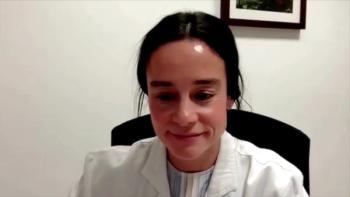
The LINKER-SMM1 trial shows promising results for linvoseltamab in treating high-risk smoldering multiple myeloma with a favorable safety profile, notes Paula Rodríguez-Otero, MD, PhD.
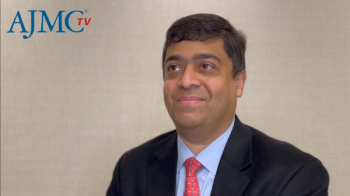
Vivek Subbiah, MD, highlights key topics at the 50th European Society for Medical Oncology (ESMO) Congress, including the rise of tumor-agnostic therapies and the use of artificial intelligence (AI) in cancer care.

Kiran Bhavaraju-Sanka, MD, and Beth Stein, MD, focus on the best and most effective methods of engaging patients who have myasthenia gravis throughout their journey.

Many cancer survivors face ongoing physical and mental health challenges, which peer support and online resources can help address, says Brian Koffman, MDCM, DCFP, FCFP, DABFP, MSEd.
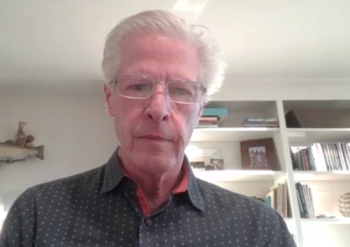
Ken Cohen, MD, FACP, discusses the importance of expanding cognitive screening for seniors.

Despite systemic challenges, oncology practices use value-based care, community partnerships, and clinical trials to improve patient access and outcomes, says Brian Mulherin, MD.
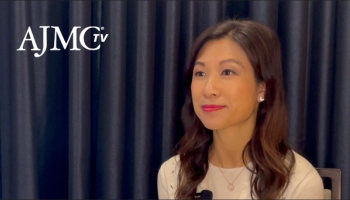
Jenifer Soung, MD, fo Southern California Dermatology, discussed how glucagon-like peptide-1 receptor agonists aid in treating patients with psoriatic disease.
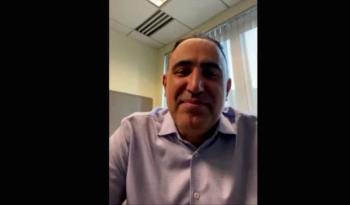
Experts discuss the importance of initiating blinatumomab treatment for acute lymphoid leukemia in academic centers for optimal patient care.

Lindsey Valenzuela, PharmD, explains how pharmacists can prevent drug interactions and improve coordination for women with arrhythmia and chronic disease.

Lindsey Valenzuela, PharmD, explains how cost, coverage gaps, and tech literacy hinder women’s access to early arrhythmia detection tools.
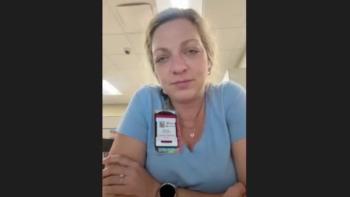
Kelley L. Julian, PharmD, BCOP, discusses optimizing myeloma care, addressing barriers in access to intravenous immunoglobulin and innovative therapies at Huntsman Cancer Institute.

Some comorbidities associated with psoriatic disease can be treated with GLP-1 RAs and multidisciplinary care.
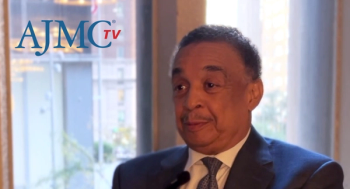
Eliot F. Battle, MD, a dermatologist, reflects on how he chooses the right treatments for patients with skin of color.

Raj Chovatiya, MD, PhD, MSCI, describes how delgocitinib offers a long-term solution for chronic hand eczema, transforming treatment beyond traditional corticosteroids.

Tiffany Mayo, MD, speaks on emerging therapies for treating hidradenitis suppurativa at the 2025 Skin of Color Update.

Vivek Subbiah, MD, says artificial intelligence (AI) should assist clinicians in precision oncology, not replace human decision-making.

Lindsey Valenzuela, PharmD, explains how atypical symptoms, research gaps, and care inequities delay arrhythmia detection in women.

UC Davis Health enhances patient care through a shared services center, ensuring continuity of care and optimizing pharmacy growth strategies.

Robert Andrews, CEO of the Health Transformation Alliance, addresses Medicaid rebates, cost-shifting concerns, and value-based pricing trends.

Tiffany Mayo, MD, discusses the emerging therapy landscape for treating patients with hidradenitis suppurativa.
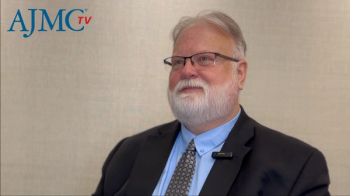
Artificial intelligence, automation, and expanded pharmacist roles help reduce administrative burdens, improve workflow, and support providers in delivering cancer care, according to Scott Soefje, PharmD, MBA, BCOP.

Robert Andrews, CEO of the Health Transformation Alliance, discusses the implications of the new TrumpRx platform on drug pricing policy.

259 Prospect Plains Rd, Bldg H
Cranbury, NJ 08512
© 2025 MJH Life Sciences®
All rights reserved.
